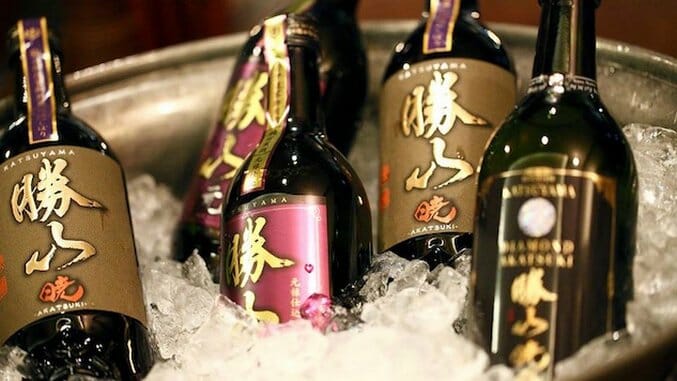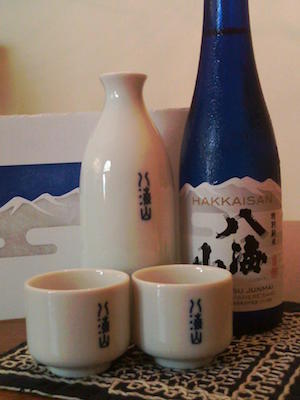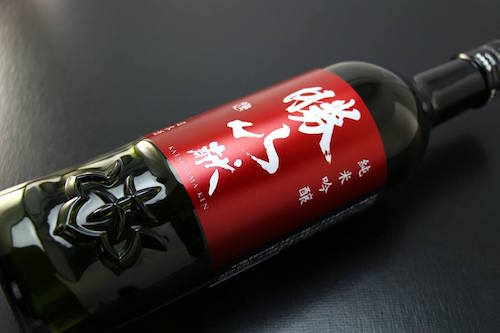Everything You Need To Know About Sake
Photo via Katsuyama
In recent years, Japan has become well-known for its high-quality whiskies. But, whisky has only been made in the country since the 1800s. Whisky is a new “hobby” in Japan. The country’s real business is sake. It’s been made so long that there’s not even any record of it being invented; It just seems to have always been.
Sake has four main primary ingredients: rice, koji, yeast and water. It’s not technically a spirit; it’s much closer to a beer or wine, but not really like either. “Compared to wine, sake is much lower in acidity, generally sweeter, and contains many more amino acids (umami),” says Stephen Connolly, the Sake Sommelier at UNI in Boston.
Making sake is a complicated and detail-oriented process, but here’s the relatively short version: premium sake is made by polishing sake rice, removing the outer portion of the grain to move closer to the pure starch concentrated in the center. “Because rice lacks sugar naturally, a portion of the rice in each batch is inoculated with an enzyme known as koji-kin, which consumes starch and produces sugar,” says Connolly. Yeast is added to turn the newly produced sugar to alcohol and CO2. “After fermentation, the mash is strained to separate the liquid. An array of post-fermentation steps are common, but not required: diluting with water, carbon filtering for color, pasteurization and maturing in tanks or bottles…”
Sake is classified by two major steps in its production process: how much of the rice grain is remaining after polishing (seimaibuai) and whether a small amount of distilled alcohol is added after fermentation. “If you see the word Junmai on your bottle, no alcohol was added,” says Connolly. “The polishing of sake can range from the lowest in futsushu, which has no milling requirements, to the highest in daiginjo, which must have no more than 50% of the original rice grain remaining.”
Sake for Dummies

Connolly’s advice for beginners is to think about what flavor profiles you like in other beverages. “I believe there is a sake out there for everyone. If you like round and aromatic, try a daiginjo. If you like light and crisp, find a honjozo from the Niigata region. If you like rich and funky flavors, traditional kimoto or yamahaisakes are the way to go.”
-

-

-

-

-

-

-

-

-

-

-

-

-

-

-

-

-

-

-

-

-

-

-

-

-

-

-

-

-

-

-

-

-

-

-

-

-

-

-

-









































